The concept of controlling a car with one's mind, once relegated to the realm of science fiction, is inching closer to reality. Brain-computer interfaces (BCIs) have advanced to the point where researchers and companies are actively testing systems that allow drivers to operate vehicles using only their brainwaves. While the technology promises unprecedented convenience for people with disabilities and could revolutionize transportation, it has also ignited a firestorm of ethical debates. The implications of merging human cognition with machine control extend far beyond the laboratory, touching on issues of privacy, safety, and even the essence of human autonomy.
The Promise of Mind-Controlled Vehicles
Proponents of brain-controlled cars argue that the technology could be transformative, particularly for individuals with physical limitations. Imagine a quadriplegic person regaining the freedom to drive independently, or an elderly individual with limited mobility navigating roads without relying on others. Companies like Neuralink and several university research labs have demonstrated prototypes where users can steer, accelerate, or brake a vehicle using only their neural signals. These systems typically rely on electroencephalography (EEG) or implanted chips to translate brain activity into commands for the vehicle’s computer. The potential applications extend beyond personal transportation—military and industrial sectors are also exploring BCIs for remote operation of heavy machinery or drones.
Beyond accessibility, advocates suggest that brain-controlled cars could reduce accidents caused by human error. Unlike traditional driving, where distractions or delayed reactions play a major role in collisions, a direct neural interface might enable faster response times. Some researchers even speculate that BCIs could eventually integrate with autonomous driving systems, creating a hybrid model where the car and the driver’s brain collaborate in real-time to make split-second decisions. This fusion of human intuition and machine precision could, in theory, make roads safer for everyone.
The Ethical Minefield
However, the rise of brain-controlled vehicles is not without controversy. One of the most pressing concerns is privacy. BCIs require access to highly sensitive neural data, which could reveal not just a driver’s intentions but also their emotional state, cognitive health, or even subconscious thoughts. Who owns this data, and how might it be exploited? Insurance companies, for instance, could demand access to neural recordings after an accident to determine liability. Governments might seek to monitor brain activity under the guise of public safety, raising dystopian specters of state surveillance reaching into the mind itself.
Safety is another critical issue. While BCIs may eliminate some forms of human error, they introduce new risks. What happens if a driver experiences a seizure, a sudden migraine, or a software glitch that misinterprets their brain signals? Unlike a traditional steering wheel or pedal, which provides tactile feedback, a neural interface operates in an abstract realm where malfunctions could be catastrophic. Critics argue that the technology is being developed faster than regulatory frameworks can keep up, leaving a legal vacuum where accountability for accidents remains murky.
The Question of Autonomy
Perhaps the most profound ethical dilemma revolves around human agency. If a car can be controlled by thoughts, where does the boundary lie between the driver’s will and the machine’s influence? Some experiments have shown that BCIs can inadvertently alter a user’s decision-making process, creating feedback loops where the technology subtly nudges the brain toward certain choices. This blurring of the line between human and machine control raises philosophical questions: Are you driving the car, or is the car driving you? In an extreme scenario, hackers could theoretically hijack a neural interface, overriding a driver’s commands—a terrifying prospect that cybersecurity experts are only beginning to address.
Moreover, the long-term psychological effects of relying on BCIs for critical tasks like driving are unknown. Could frequent use of brain-controlled systems rewire neural pathways, potentially diminishing natural cognitive abilities? Some neuroscientists warn that outsourcing physical actions to direct brain signals might lead to a form of dependency, where the mind becomes less capable of functioning without technological augmentation. This echoes broader societal anxieties about humanity’s growing symbiosis with machines, where the distinction between tool and crutch becomes increasingly blurred.
The Road Ahead
As brain-controlled car technology progresses, the debate will only intensify. Striking a balance between innovation and ethics will require collaboration between engineers, ethicists, policymakers, and the public. Transparent discussions about data ownership, rigorous safety testing, and clear legal guidelines must precede widespread adoption. While the allure of mind-controlled vehicles is undeniable, society must grapple with the deeper consequences of merging thought and machine—before the technology races ahead of our ability to control it.
The journey toward brain-controlled cars is not just a technical challenge but a mirror held up to humanity’s relationship with technology itself. How we navigate this uncharted territory will shape not only the future of transportation but also the very definition of human autonomy in an increasingly digital age.

By /Jun 14, 2025
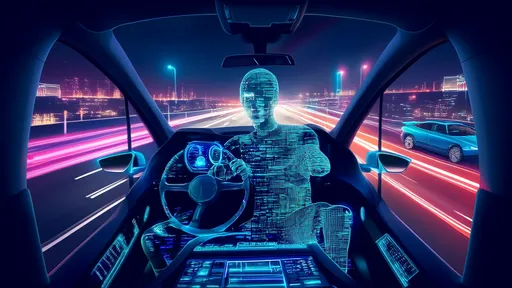
By /Jun 14, 2025
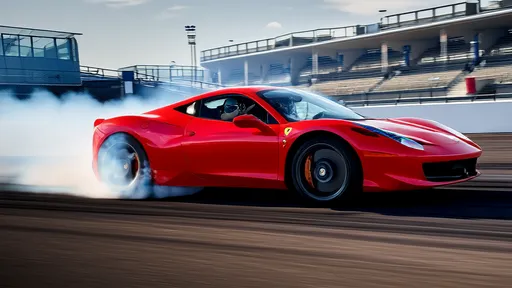
By /Jun 14, 2025
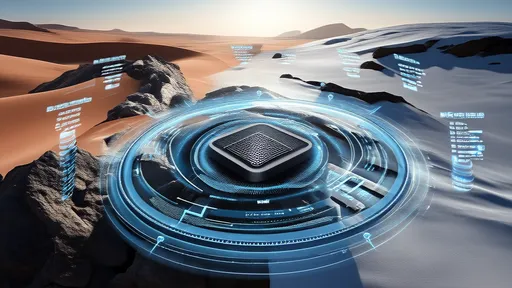
By /Jun 14, 2025
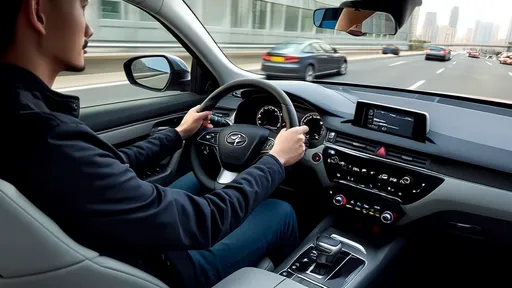
By /Jun 14, 2025

By /Jun 14, 2025
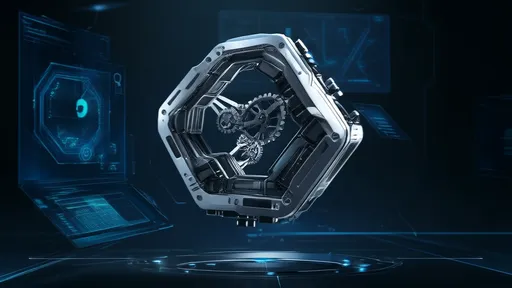
By /Jun 14, 2025
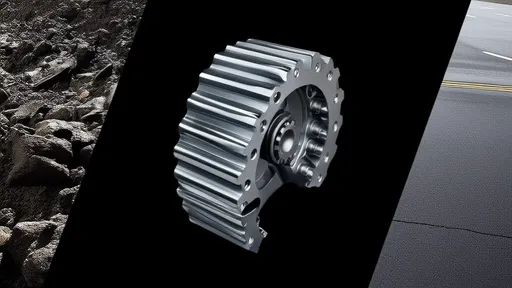
By /Jun 14, 2025
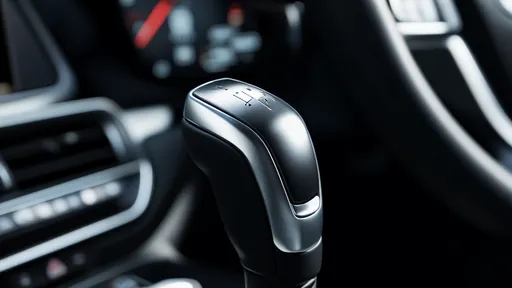
By /Jun 14, 2025

By /Jun 14, 2025
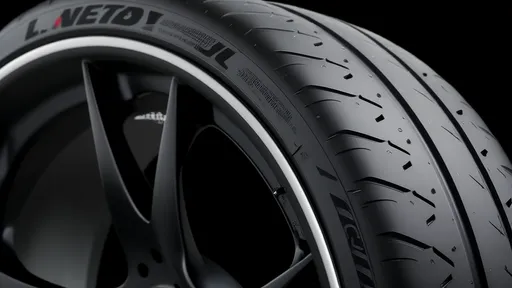
By /Jun 14, 2025
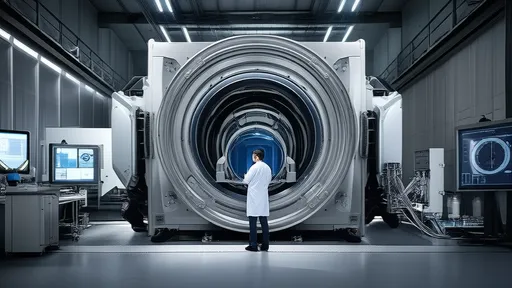
By /Jun 14, 2025
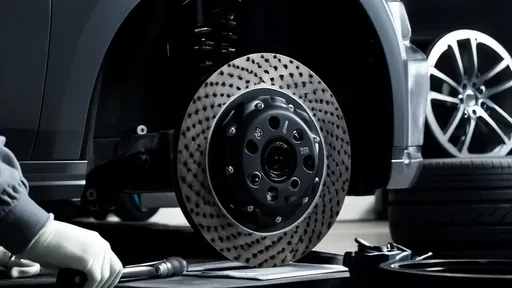
By /Jun 14, 2025

By /Jun 14, 2025
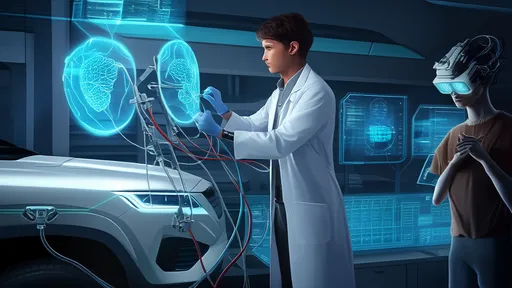
By /Jun 14, 2025
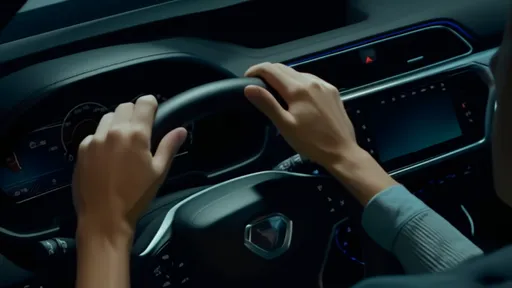
By /Jun 14, 2025
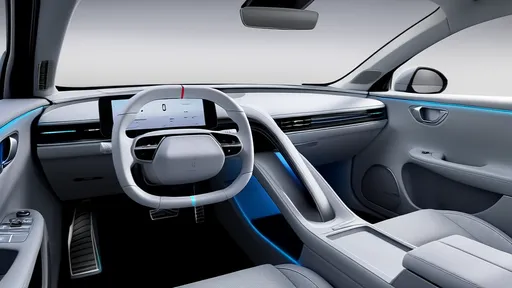
By /Jun 14, 2025
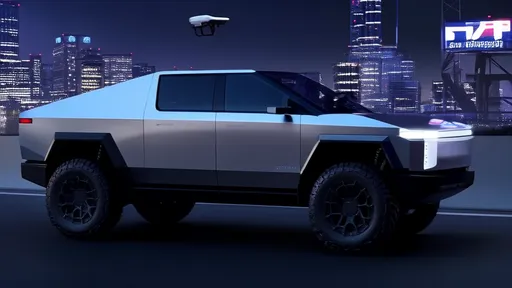
By /Jun 14, 2025